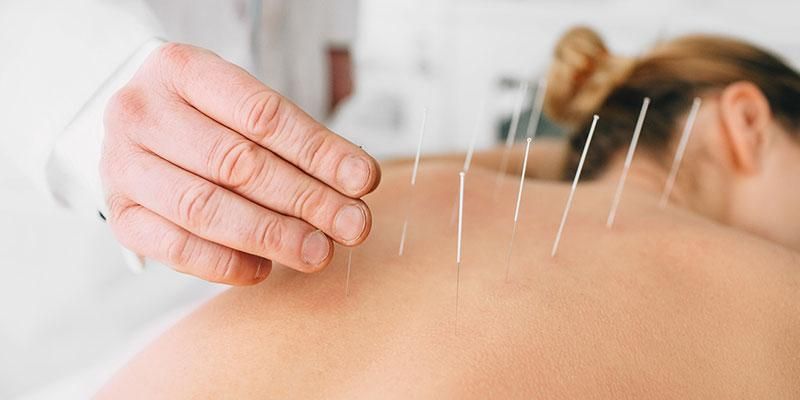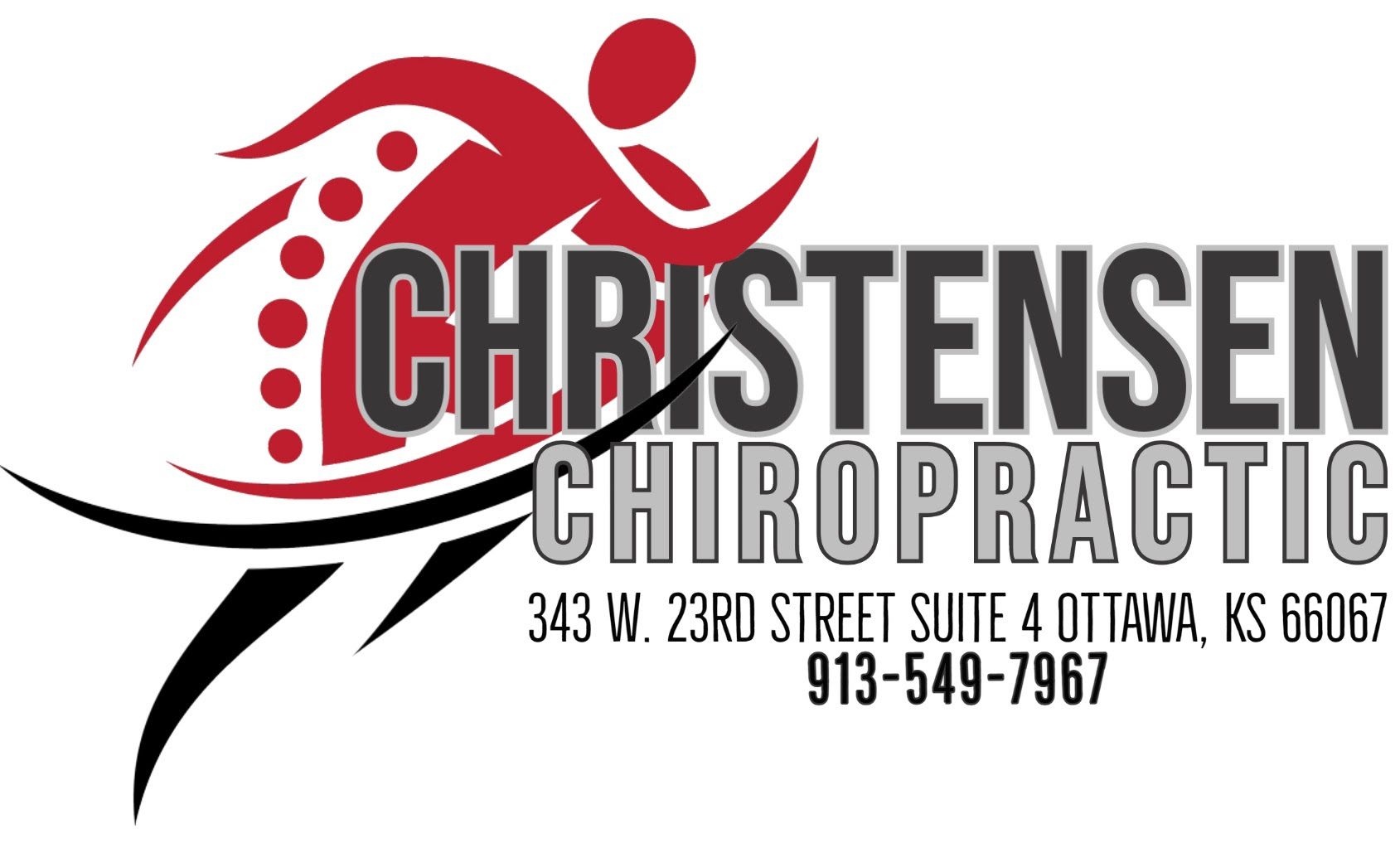
Dry Needling
Dry needling is a therapeutic technique used by some healthcare professionals, such as physical therapists, chiropractors, and physicians, to treat musculoskeletal pain and dysfunction. It involves the insertion of thin needles (similar to acupuncture needles) into specific trigger points, also known as myofascial trigger points or knots, within muscles or connective tissues. The term "dry" needling is used to distinguish it from "wet" needling, which would involve injecting a medication or substance into the tissue.
Here are some key points about dry needling:
Trigger Points: Trigger points are tight knots of muscle fibers that can be painful and restrict range of motion. They are often associated with chronic musculoskeletal pain conditions.
Needle Placement: During a dry needling session, a trained practitioner will insert the needles directly into these trigger points or tight muscle bands. The goal is to elicit a local twitch response, which is a brief, involuntary muscle contraction. This response is thought to help release muscle tension and improve blood flow to the affected area.
Pain Relief: Dry needling is believed to work by disrupting the cycle of pain and muscle dysfunction. It may help reduce pain and improve function by releasing muscle tension and promoting the body's natural healing processes.
Conditions Treated: Dry needling is often used to treat a variety of musculoskeletal conditions, including neck pain, back pain, shoulder pain, headaches, tennis elbow, and other forms of chronic pain. It is commonly used as part of a comprehensive physical therapy or rehabilitation program.
Safety and Training: Dry needling should only be performed by qualified and trained healthcare professionals, such as physical therapists or chiropractors, who have received specific training in this technique. Sterile, single-use needles are used to minimize the risk of infection.
Sensation: Patients may feel a sensation when the needle is inserted, which can range from no discomfort to a brief ache or muscle twitch. After the session, some people experience temporary soreness, similar to post-exercise soreness.
Effectiveness: The effectiveness of dry needling is a topic of ongoing research and debate within the medical community. Some studies suggest it may provide relief for certain musculoskeletal conditions, while others find mixed or inconclusive results.
Once you finish your consultation with us, we’ll create a custom treatment plan to address your specific concerns. Take the first step and schedule your appointment with our friendly staff. We look forward to serving you with chiropractic care in Ottawa.
